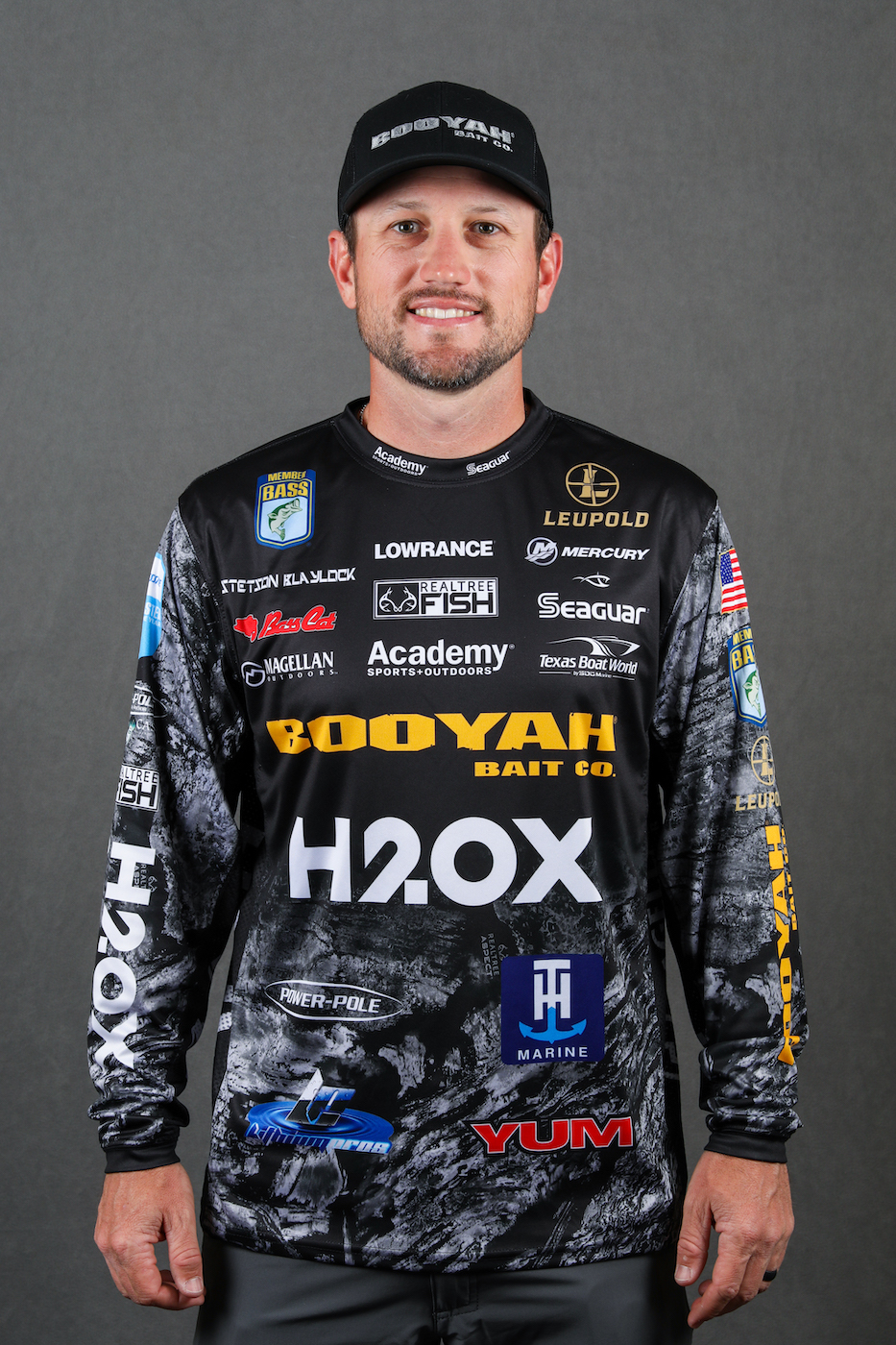
Proper fish care is just one aspect of what it takes to be a successful tournament angler. The Bassmaster Elite Series tour penalizes you 4 ounces for each dead fish you bring to the weigh-in. One dead bass could cost me thousands of dollars and a load of Progressive Bassmaster Angler of the Year points. Should a livewell malfunction kill a limit of bass, it might prevent me from qualifying for the Classic.
We’re getting into the summer months when fish care becomes more challenging. No matter where you live in the country, warm water is an issue. The warmer the water, the more stressful it becomes for the bass in your livewell.
I’m not a scientist or a biologist, but the fish care process I’ve used over the past 20 years has worked well for me.
Keep it clean
It all starts with maintaining a good livewell. After every tournament day, I clean out all the scales, crawfish parts, shad parts and whatever else collects in the livewell.
My Bass Cat has screens that prevent debris from clogging the livewell system’s hoses. That’s the kind of disaster that could kill a limit of bass quickly in the summertime. The screens are easy to access. They’re in the bilge area right behind the livewells. I clean them after every fishing day because they always have stuff in them.
Ice
I keep a Magellan Outdoors soft cooler in the bottom of my Bass Cat. It holds about 20 pounds of ice. That’s enough to keep my livewell cool all day. I just fished a sweltering Elite tournament on Wheeler Lake. The water temperature was in the 80s, but I had zero problems with fish care.
I usually dump two handfuls of ice into the livewell at a time. Some guys start with ice in the morning. I usually wait until the sun gets up before I add ice.
I like to keep the livewell’s water temperature 8 to 10 degrees cooler than the lake’s water. I put a cheap temperature gage in my livewell to monitor this. This is very, very important.
My process may vary. It depends on how hot it is, how fast things are moving and how long I’m on the water that day. I check the temperature gauge periodically. That helps me determine how much ice to add to the livewell throughout the day.
G-Juice
One of the most important things I do is treat the livewell’s water with T-H Marine’s G-Juice. It calms the fish, protects their slime coat and helps them rejuvenate. If I hook a bass deep or in the tongue, I put a little of G-Juice on the injury to help stop the bleeding.
Livewell settings
I typically start the day with the livewell set on refill. That brings in lake water and lets the excess escape through the overflow. About midmorning, I put a cap on the overflow outlet and completely fill the livewell. Then I treat the water with ice and G-Juice and recirculate it on the aerator setting for the rest of the day.
I check on my bass regularly throughout the day. If they look good, I leave the water in the livewell until the weigh-in. If they’re stressed, I’ll pump in fresh water and repeat my process with ice, G-Juice and switch back to the aerator setting.
Besides avoiding dead-fish penalties, proper livewell maintenance ensures that the bass will survive when they’re released. Catch-and-release is why bass and bass fishing continue to thrive.





